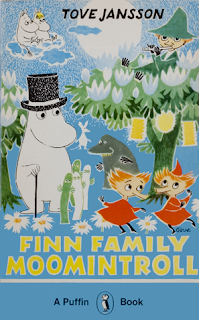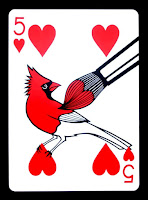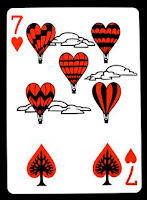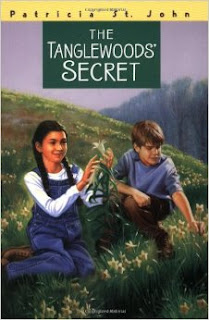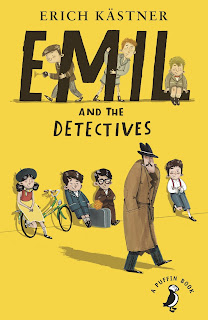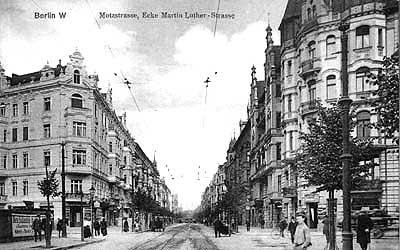“It was dusk —- winter dusk.”
I’d been waiting to read this book for almost my whole life — no exaggeration — so I was pleased when I drew it for this week’s Deal Me In challenge. Wolves …… children left under the care of a ominous governess and imprisioned …. escape ….. What could be more suspenseful and exciting? Or so I thought ………
Bonnie lives with her parents, Lord and Lady Willoughby, in a grand house called Willoughby Chase which is surrounded by woods populated by wolves. One must take care in travelling at night as the risk of attack is quite real. As the story begins, Bonnie’s parents are preparing to leave on a trip because of her mother’s ill health, and her small cousin, Sylvia, arrives to keep her company in their absence. Sylvia lives with Aunt Agatha, Lord Willoughby’s sister, who is really too old to properly care for her anymore, so she journeys by train to her new home. On her way, she encounters a strange man, Josiah Grimlock, who attempts to befriend her, although his manner makes Sylvia uncomfortable. When they arrive at the station and a suitcase knocks her companion over the head, stunning him, the man is taken with her to Willoughby Chase for his convalescence. To the house also comes Mrs. Slighcarp, who is a distant relative and governess arrived to look after the girls. Neither child is taken with Mrs. Slighcarp, who immediately appears harsh, dictatorial and mysteriously assertive. When Bonnie’s parents leave, enigmatic conferences begin between Slighcarp and Grimlock, and while all the servants except James the coachman and Pattern the maid are dismissed, the two girls are put to work as servants.
 |
Bradley Manor, Devon (1830)
source ArtUK |
However, Bonnie’s spirit, at least, is not in the least daunted and she attempts to get a message to the local doctor pleading for assistance. The message intercepted, the girls are moved to an industrial village nearby to inhabit a school for orphans run under the watchful eye of a Mrs. Brisket. When Slighcarp informs Bonnie that her parents have perished during their voyage at sea, all seems bleak and hopeless. How could the help of a boy gooseherd and a sickly old woman be of assistance in their desperate plight? One must read the novel to imagine how the fabulously implausible and unexpected are brought into order again.
 |
Fighting Off the Wolves
Piotr Stojanov
source ArtUK |
I’m sorry …… I tried to like this novel, I really did. As a plot, it has some interesting characteristics, but while at times suspenseful, the writing held together about as firmly as stringy taffy. Actions were related with a tone of practicality, yet sometimes those actions were highly improbable. From a complete stranger being engaged to run your estate and watch your beloved daughter for months on end without any investigation or anyone to check on her while you’re away (even if she is a long lost relative — hello! Warning bells!), to leaving your elderly sister completely alone again without anyone to check on her, to an area that produces blue geraniums. Not to mention there were certain characters that appeared to simply be thrown into the story willy-nilly, without any true connection to the plot. Then to top it off, the wolves themselves were sprinkled here and there without much effect other than a slight bit of tension now and then. Okay, I do understand the wordplay in that the wolves could be referring to the actual wolves or the human “wolves” of Willoughby Chase, but the intermeshing of the two was still rather sloppy. Yet in spite of all my issues with the novel, I suspect your average reader would like this story a little bit more than I did. I’m a connoisseur of children’s novels and have read some truly excellent ones. In comparison, The Wolves of Willoughby Chase pales beside them, but overall it wasn’t a terrible novel. It does deserve to be read once.
Wow, I have two children’s classics already finished for the year! A short story is on schedule for the next Deal Me In choice, The Life You Save Might Be Your Own by Flannery O’Connor.
Week 6 – Deal Me In Challenge – Seven of Hearts
 “A miller fell slowly but surely into poverty, until finally he had nothing more than his mill and a large apple tree which stood behind it.”
“A miller fell slowly but surely into poverty, until finally he had nothing more than his mill and a large apple tree which stood behind it.”






